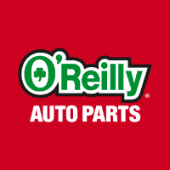-
Welcome to Auto Parts Forum
Whether you are a veteran automotive parts guru or just someone looking for some quick auto parts advice, register today and start a new topic in our forum. Registration is free and you can even sign up with social network platforms such as Facebook, X, and LinkedIn.
Air Filters: Know The Flow
-
Similar Topics
-
By Mantas
Hello,
We are looking for new suppliers/customers to expand our business. As an alternative sourcing partner that operates in Europe, we can offer very competitive pricing for a wide range of brands, including Bosch, Mann, Filtron, Febi and more. If you would like to receive our offers please send me your email and I will get in touch with you.
Thanks,
Mantas
-




Recommended Posts
Create an account or sign in to comment
You need to be a member in order to leave a comment
Create an account
Sign up for a new account in our community. It's easy!
Register a new accountSign in
Already have an account? Sign in here.
Sign In Now